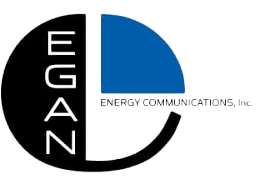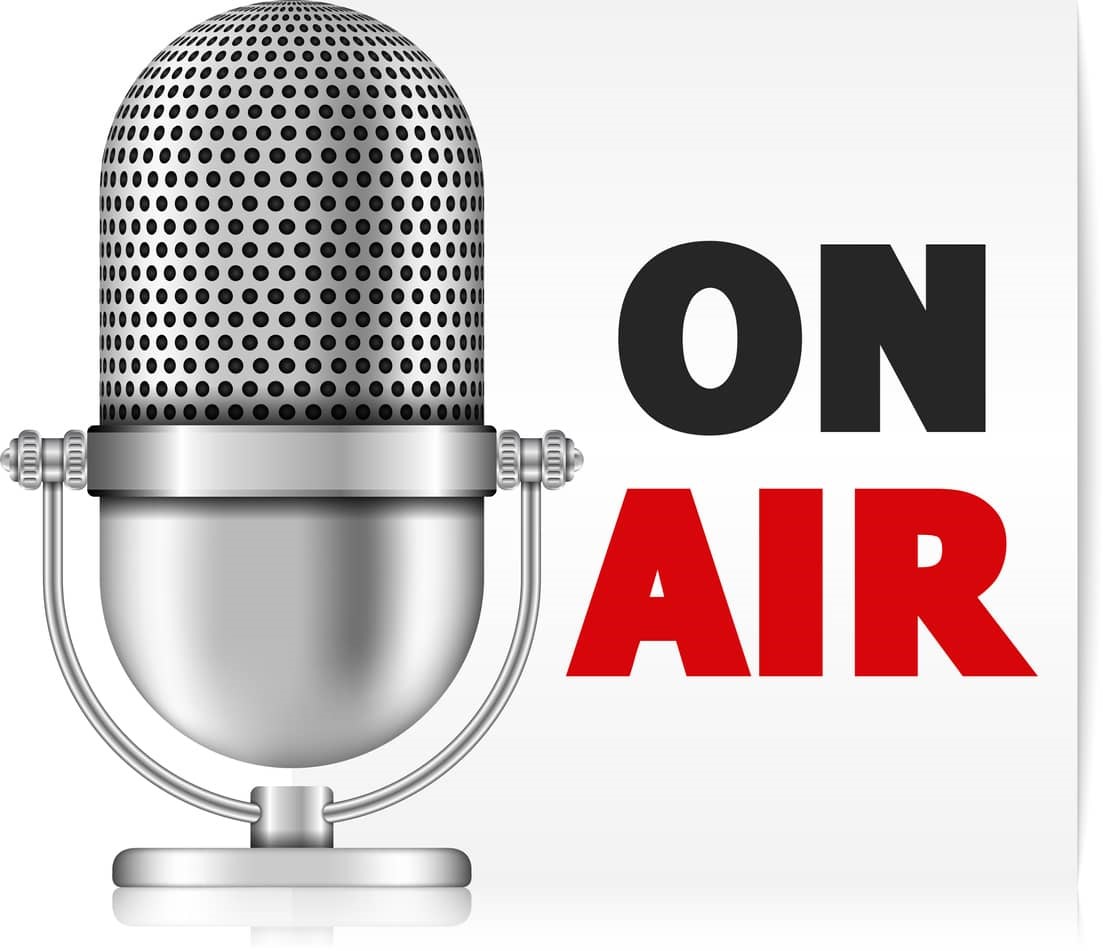
We are living in (or perhaps through?) a golden age of “do it yourself” (DIY) digital content. There are innumerable TikTok and YouTube personalities opining on, filming, and doing just about anything imaginable. Over 4.5 million podcasts exist, where hosts and guests regularly riff and rant on topics near and far, including sports, politics, business, movies, history, food and wine, diet and exercise, TV shows, beauty tips, fashion, and more.
To me, “DIY content” means content that a utility produces internally and distributes externally using a variety of vehicles, such as broadcast and print media as well as platforms such as Facebook, Twitter, LinkedIn, Instagram, TikTok, and YouTube.
I’ve always been a big believer in practicing communications diversity. DIY content such as podcasts could represent a cost-effective way to communicate with some segments of your customers and stakeholders. Getting started requires little more than a cell phone, microphone, and perhaps some props. Free sound-editing software is available and no mixing board is required, as least for rudimentary podcasts.
Utilities Have Been Active Providers of DIY Content
Utilities have provided news organizations and customers with some forms of DIY content for decades. Many utilities provide b-roll video to TV stations or natsound audio clips to radio stations. Lots of utilities post videos to their YouTube channels, but those tend not to draw heavy traffic, mainly, I believe, because few consumers have “energy” or “water” at the top of their minds when they go to YouTube. It is not uncommon for utilities to run an occasional op-ed article in their local news organizations (either hard-copy newspapers or digital news websites) to explain why prices are rising or a new power plant is needed.
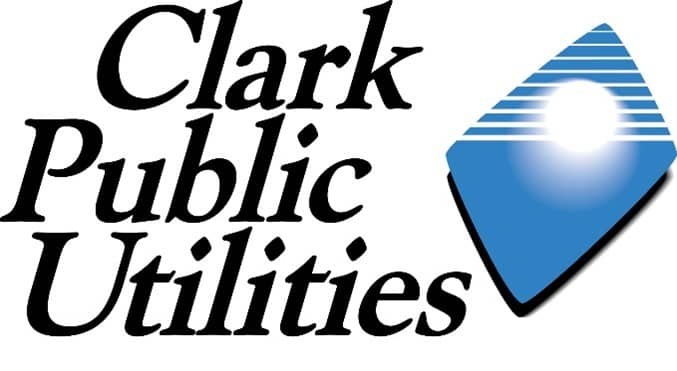
When it comes to DIY content, it’s hard to top Clark Public Utilities for longevity. Each week for the last quarter century (you read that right — 25 years!), this community-owned electric and water utility, headquartered in Vancouver, Washington, has run a prominent 600-word lifestyles column, Energy Adviser, in its local newspaper, The Columbian.
The column’s byline clearly identifies it as coming from Clark Public Utilities. Neither the utility nor the newspaper considers these articles a form of advertising or advertorials. Clark Public Utilities writes these articles in-house but it pays no advertising fee to the newspaper.
One of the reasons for that column’s longevity is it has focused on lifestyle issues that matter to readers, while adding a subtle utility flavor. The “lifestyle” content is the proverbial dog while the “utility” issues are the tail.
Another example is Salt River Project, a former employer. For about a decade, it had a sponsorship with the local NBC TV affiliate under which SRP delivered a ready-to-air, two-minute TV piece that ran on the station’s Saturday morning newscast. That was two minutes of content that the station’s under-resourced weekend assignment editors didn’t have to worry about filling on the Saturday morning news show.
The long-running series was only possible because of the experience of SRP’s media relations team — one member was a former TV news assignment editor and another had been a TV news anchor — and its well-resourced audio-visual department, which had professional editing bays and the skilled staff to work them.
It was a huge success that worked for both sides. SRP’s media team produced stories that had high-quality news value and reflected favorably on SRP. But the team producing the pieces was very careful not to fall into the “naked sales pitch” mode. To their credit, they walked the line with great skill and dexterity for a very long time.
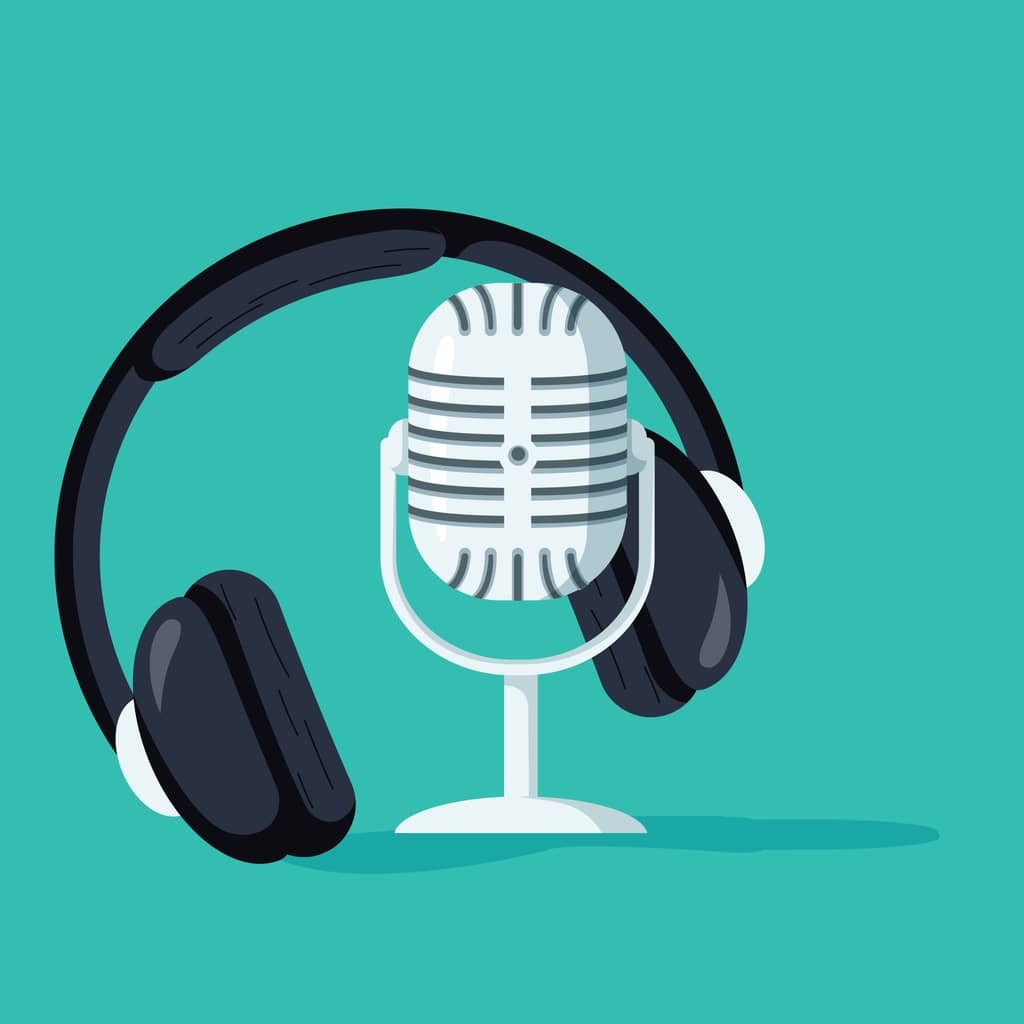
Utility Podcasts: The Next Step in DIY Content
The examples of Clark Public Utilities and SRP stand out in several ways, but they demonstrate that utilities have been active providers of DIY content for years. Sometimes it’s for the news media, but increasingly in recent years, DIY content has been directed to social media platforms.
So far, few utilities have taken the next step and produced podcasts.
That’s not to say there aren’t energy podcasts out there. In fact there are gobs of them, but for the most part, they’re sponsored by energy trade groups, consulting firms, renewable energy organizations, or research institutes affiliated with colleges or universities.
The American Public Power Association (APPA) has two podcasts: Public Power Now, which features public power executives, and Public Power X, where vendors and service providers have the mic. The Edison Electric Institute, the trade group representing shareholder-owned electric utilities, also has a podcast, called the Electric Perspectives Podcast. And EnergyCentral may take the cake for the longest-running energy industry podcast with their Energy Central Podcasts, of which there are over 125 episodes.
Communications tip of the month: Utility communicators have years of experience posting DIY content to their social media platforms or writing op-ed articles for local news organizations. Now could be a good time to investigate the next step in DIY content — podcasts! It’s not a universal, one-size-fits-all communications vehicle, but rather part of an increasingly diverse communications toolkit.
Utilities and Podcasts: Not Such Odd Bedfellows
Duke Energy used to have a podcast, called Sustainable Solutions, but it stopped in late 2022 after 19 episodes. The purpose for which it was launched, to build brand awareness and generate business leads for its merchant renewable energy business, was rendered moot when Duke decided to sell that business to focus on its core regulated utility business.
A few community-owned utilities have podcasts. Chelan County Public Utilities District had a monthly livestreamed video program on energy efficiency and conservation called Power Hour (see below), but those were discontinued in late 2022 after about 22 episodes over a two-year period. Turlock Irrigation District launched its podcast in early 2021. Huntsville Utilities has nearly three dozen podcasts under its belt. There may be others, but these utilities appear to be the exception, not the rule.
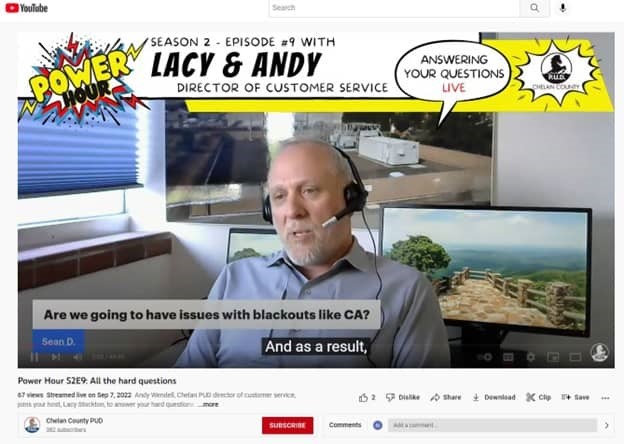
Podcasts: Lessons Learned by Turlock Irrigation District
Nestled in the northern edge of California’s Central Valley, Turlock Irrigation District is a community-owned utility that provides water and electric service to an estimated 243,000 residents. TID has had a monthly podcast since May 2021. This summer, I spoke with Brandon McMillan, communications specialist and producer of the TID podcast, to learn more.
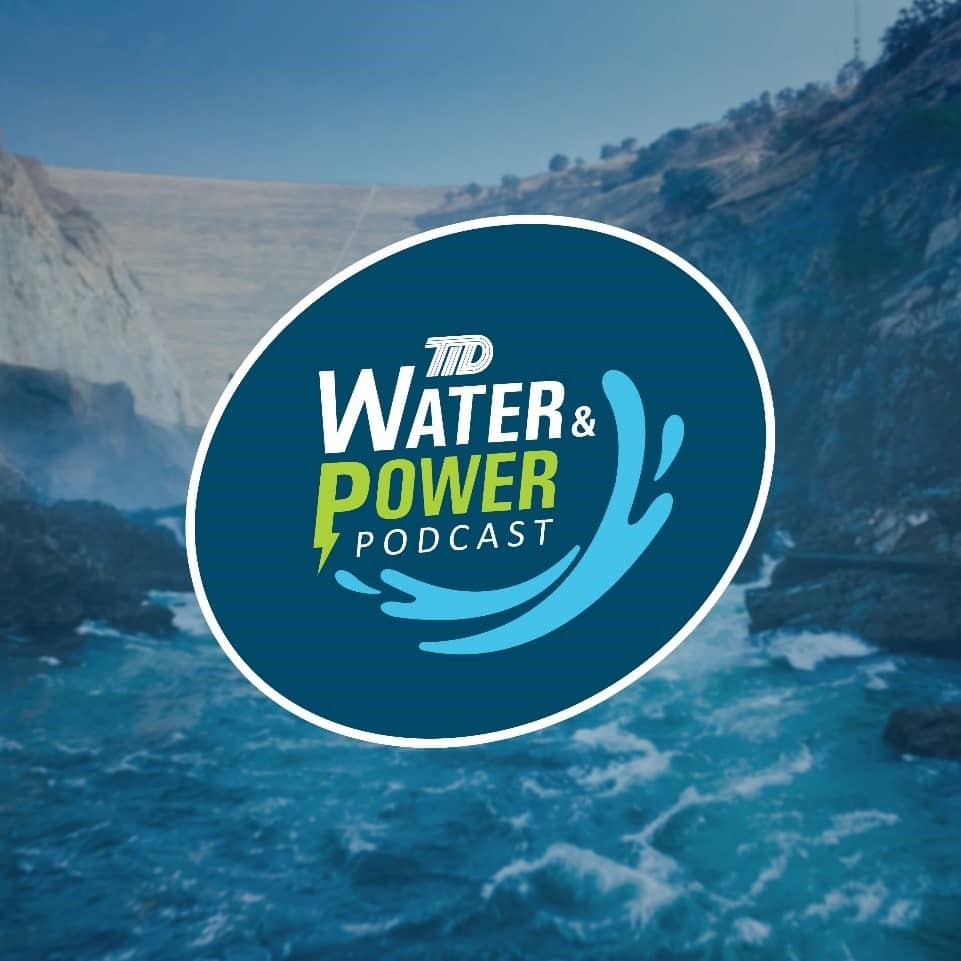
He confirmed that startup costs were minimal — about $2,500 for studio-quality microphones, a soundboard/recorder, and room sound conditioning. As for ongoing costs, TID pays $12/month to host the podcast on Buzzsprout.
The far heavier costs have been staff time: Brandon estimated it takes 20 to 25 hours to produce each podcast, which typically run between 45 and 75 minutes.
That’s far more than Matthew Chester, Energy Central’s community manager, estimated it takes to produce each EC podcast. He estimated that each 30-minute podcast takes about eight hours to develop topics, recruit speakers, staff them, record the podcast, edit it, post it, and promote it.
Duke Energy, on the other hand, spent nearly 40 hours to produce each podcast, which ran for either 30 or 60 minutes, Ann Kroll, managing director of demand generation and marketing, told us.
Lack Stockdale, an energy efficiency strategist for Chelan PUD, estimated that she spent 25-35 hours to produce the early episodes of “Power Hour,” but after two years, she winnowed that down to 5-8 hours per episode. She said she was an army of one in Chelan’s podcast
So if you’re wondering about the time commitment to prepare podcasts, the experiences of TID and Duke Energy appear to constitute the upper bound in terms of staff time, with Energy Central and Chelan County PUD constituting a much smaller commitment. As with everything in life, there is an experience curve, with earlier episodes taking more time than later ones.
TID’s Brandon told us, “We have found through podcast reviews and social media that our listeners look forward to each episode, where they get to know the staff members behind the scenes that provide our community with essential services.”
The utility typically gets an average of about 200 downloads for each podcast episode, though its most-downloaded podcast got 458 downloads.
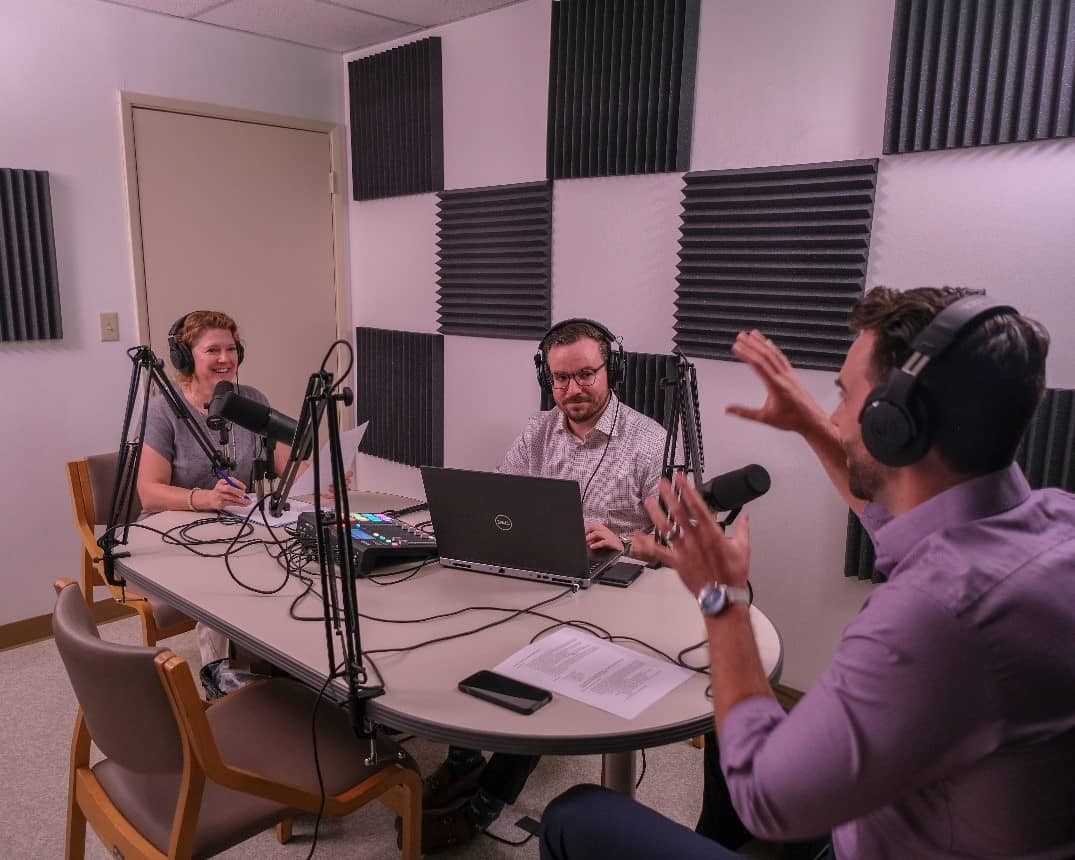
“However, it is not just total number of downloads that show the success of the podcast,” he said. “The podcast has helped to give TID employees a better understanding of District operations, especially outside their own area of work, by covering important topics, such as Water Rights, Drought, Electric Infrastructure Improvements, and Dam Safety.”
In addition to the monthly episodes of the podcast, TID launched “TID Short Stories,” a 10-part podcast mini-series to celebrate their 135th anniversary.
“There are always stories that get passed down at agencies with as much history as TID,” Brandon continued. “The ‘Short Stories,’ which were each narrated by a different TID employee, allowed us to tell those unique and often less-known stories to a wider audience.”
What does the TID podcast producer see as the secret for a successful podcast? “You need to have a consistent and realistic release schedule. The consistent schedule allows for listeners to know each time a new episode will be coming out and to set realistic expectations for staff working on the project.”
Why Utility Podcasts Make Sense
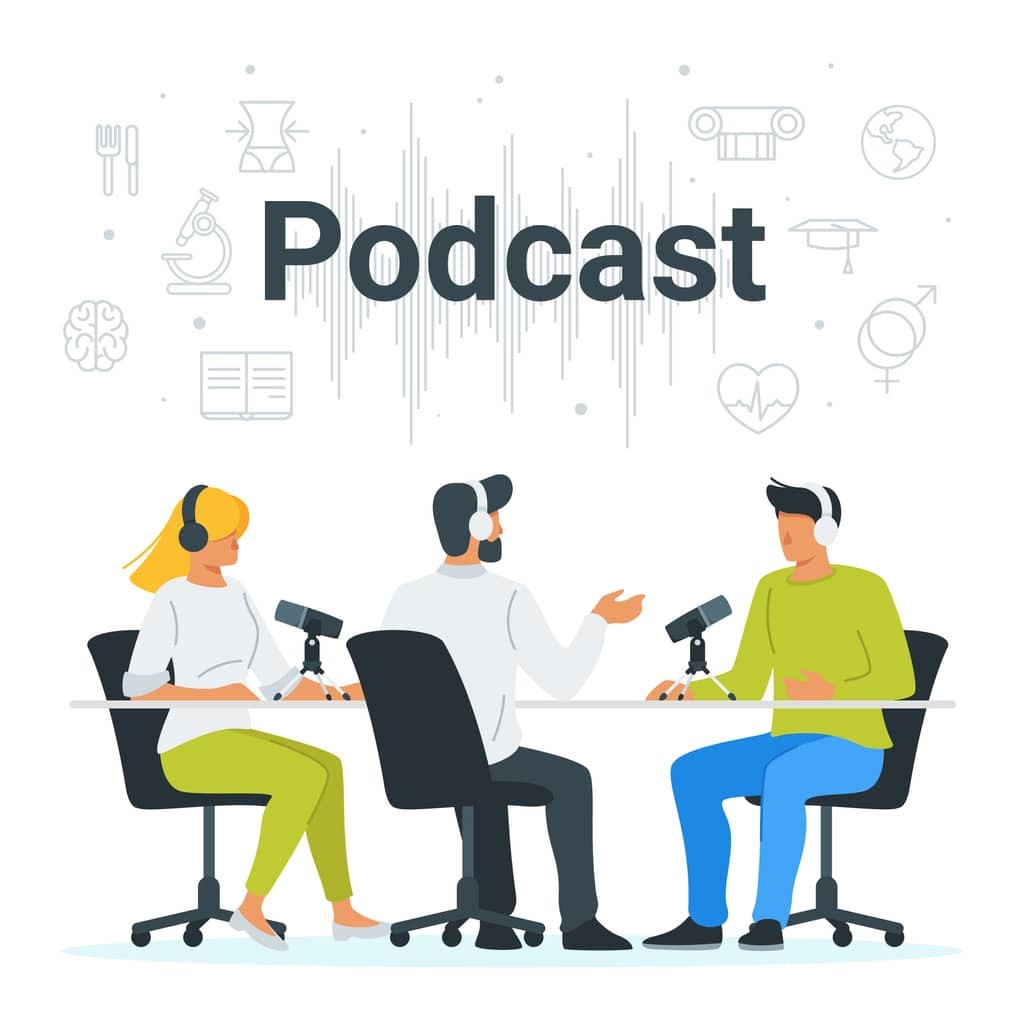
- Utilities Can Re-use Content Already Developed in Newer Format
Given utilities’ experience with providing some forms of DIY content to news organizations, and even to the public via social media, it’s easy to see utility podcasts could be the next logical step in customer communications. If your utility provides water, then water quality as well as water quantity/drought are interrelated topics that should interest consumers. Other local issues, including upcoming community events, environmental protection, economic development, advanced technology, jobs, safety, and employee volunteerism that supports schools and other local nonprofit organizations could grab listeners’ attention.
- Traditional News Organizations are Shrinking
Whether it is written content, podcasts, or ready-to-air TV or radio stories, another reason utilities have a wide-open DIY field is that news organizations continue to shrink. Advertising revenue has dwindled over the last decade or so and consumer preferences have fundamentally altered the business model of news organizations. The news media used to be considered an important communications channel that utilities could use to connect with their customers, supplementing other traditional channels like customer newsletters, websites, and advertising. But consumer expectations shifted: Why should consumers wait until tomorrow to read today’s news when they can connect to frequently updated digital sources to get today’s news — or scandal — today?
- Utilities Are Well Situated to Bring Local News to Communities
Utilities, with their specific geographic footprint, are well situated to bring local news and commentary to their local communities. Doubtless there are some members of your community that care deeply about energy, water, environmental protection, jobs, advanced technology, economic development, and other local “community heartbeat” issues. Start by finding those with high levels of interest in those topics to explore what issues are of greatest interest to them.
Remember to follow the takeaways from long-running DIY endeavors from SRP and Clark Public Utilities: Your utility is not the center of every story. The uptick and longevity of your podcast needs to largely depend on taking off your “utility” hat and donning your “community” hat.
Photo credits: iStock unless otherwise noted
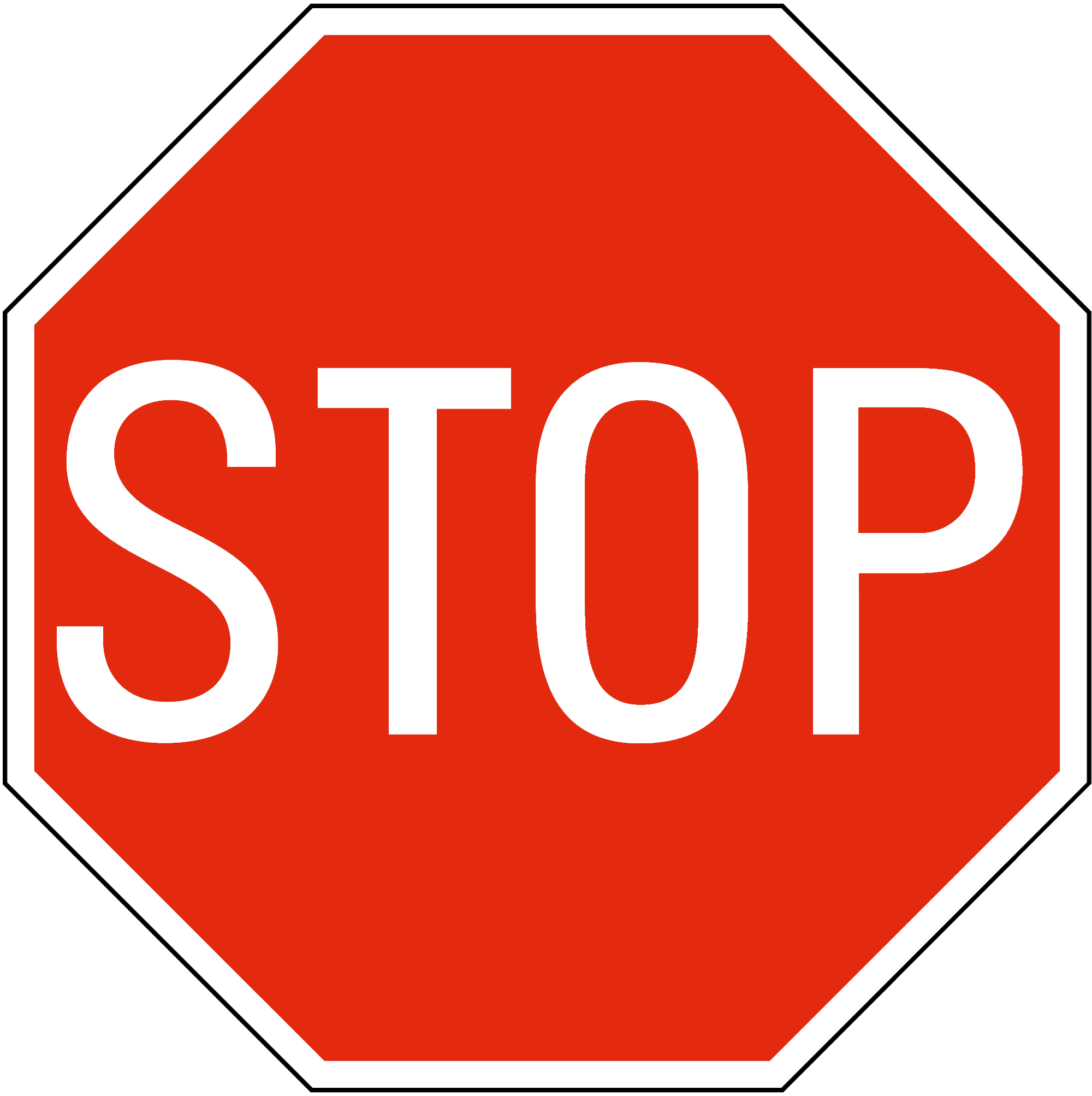 We Want to Hear from You!
We Want to Hear from You!
Let us know in the comments below or email John about what your utility is doing with DIY content and where your utility stands on the podcast issue, including if your utility has had a podcast, currently has one, or is developing a podcast. We want to know!


